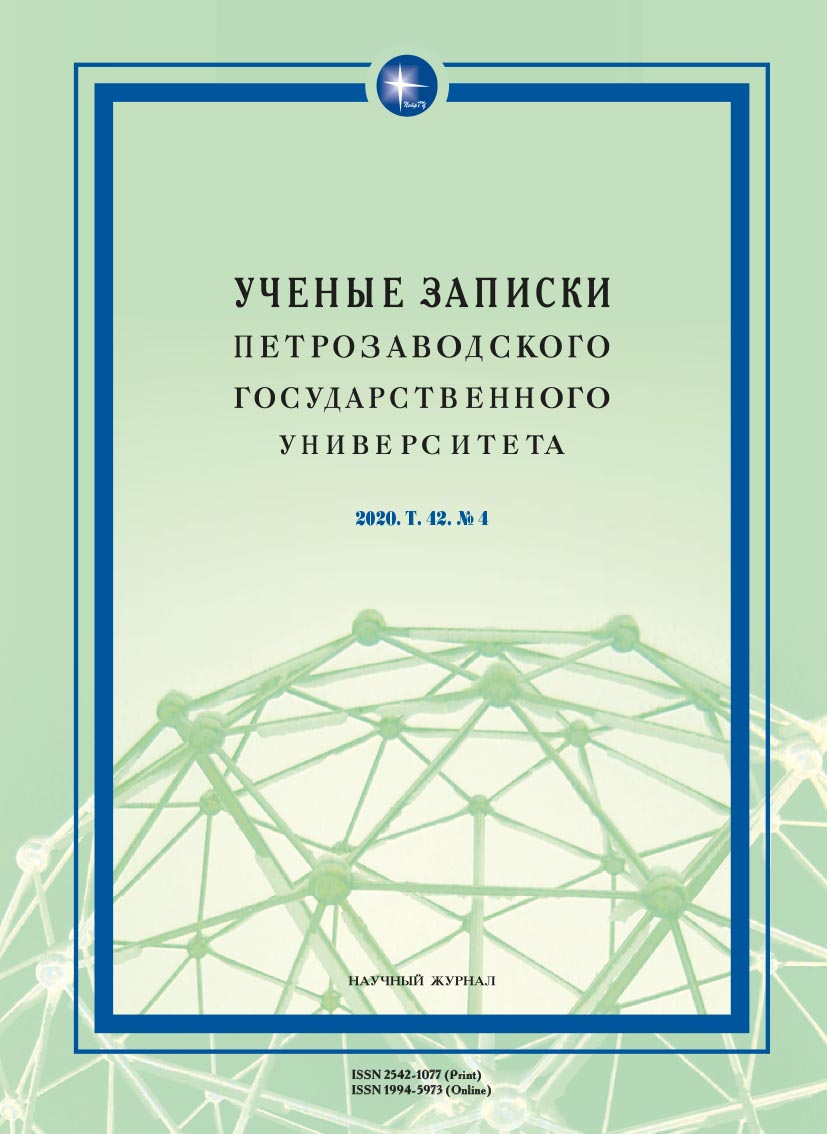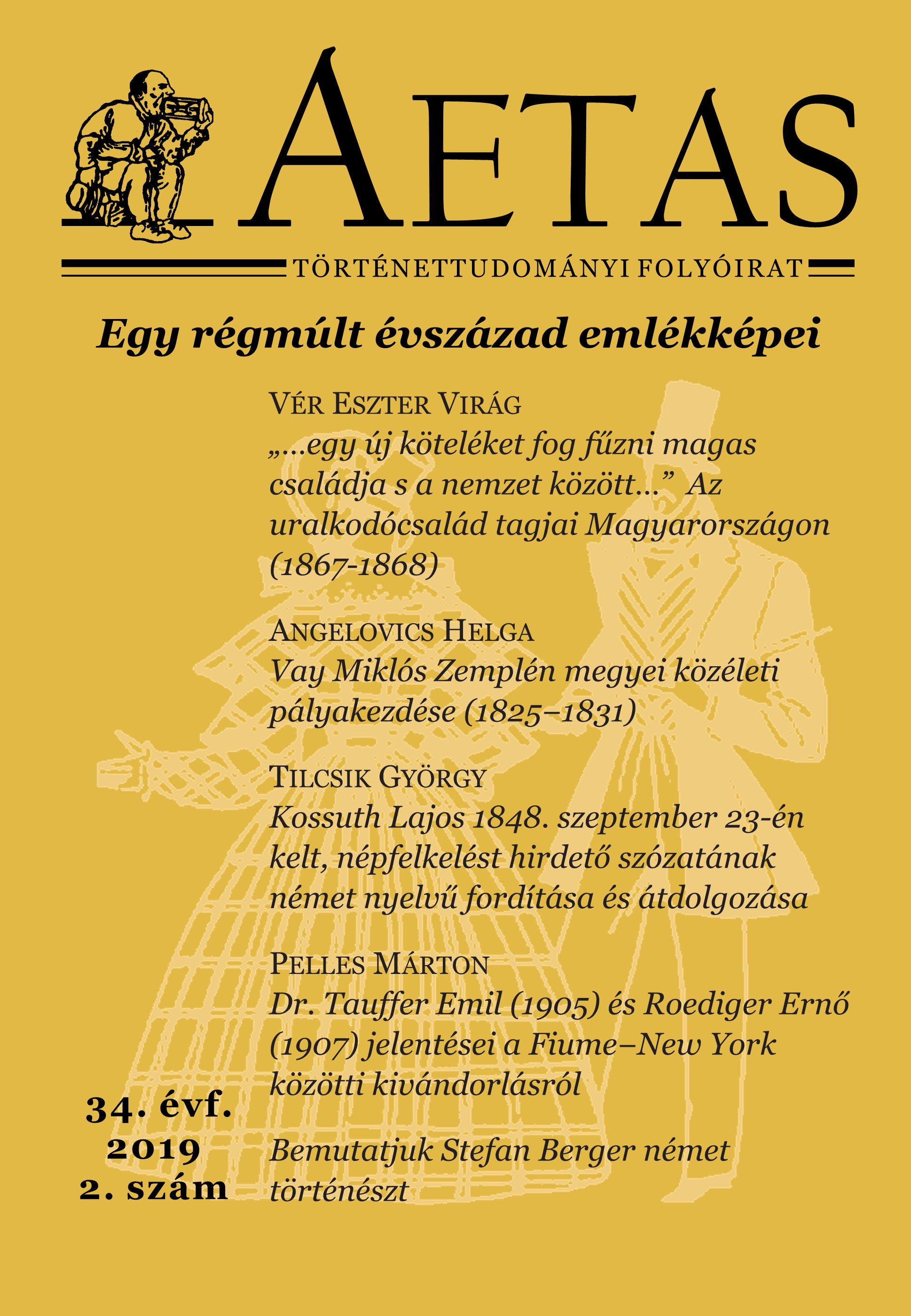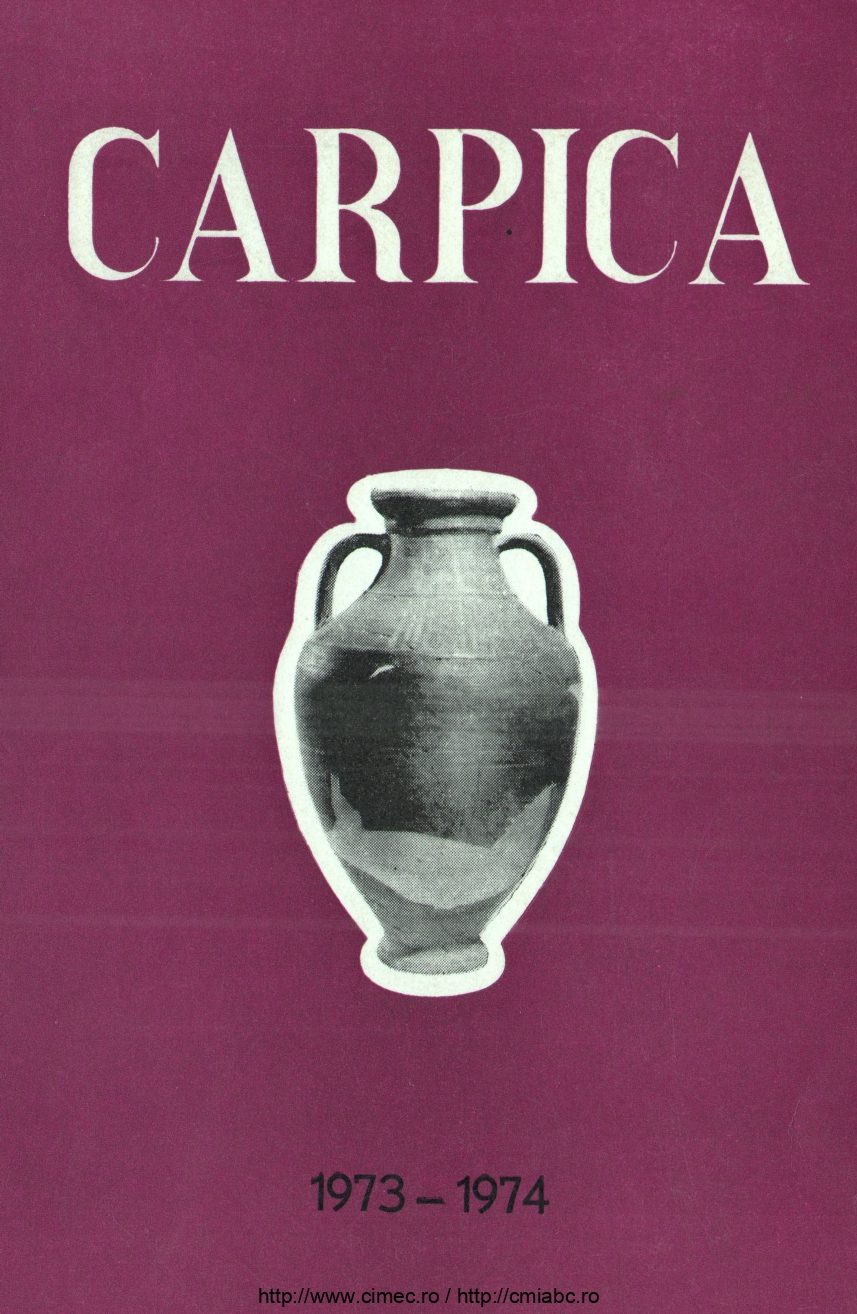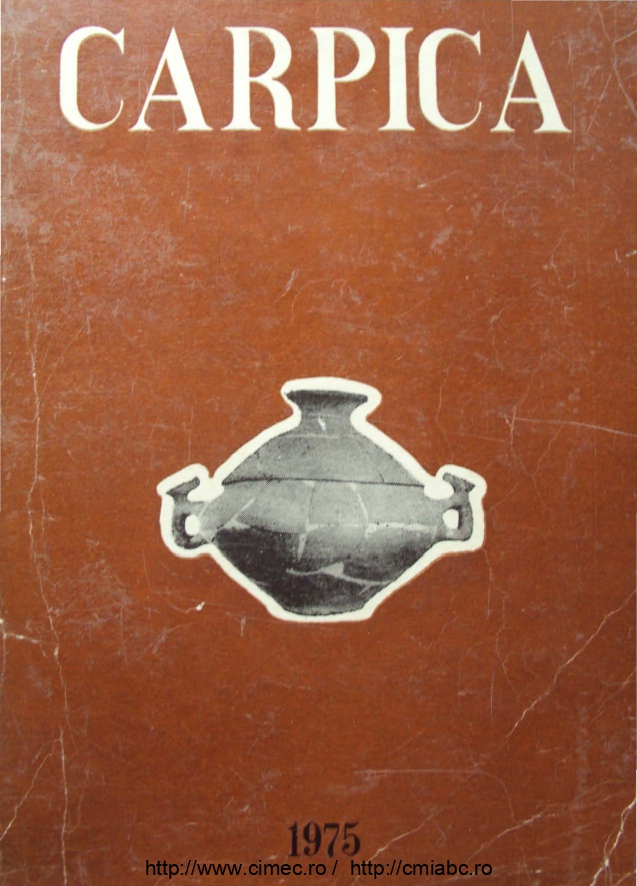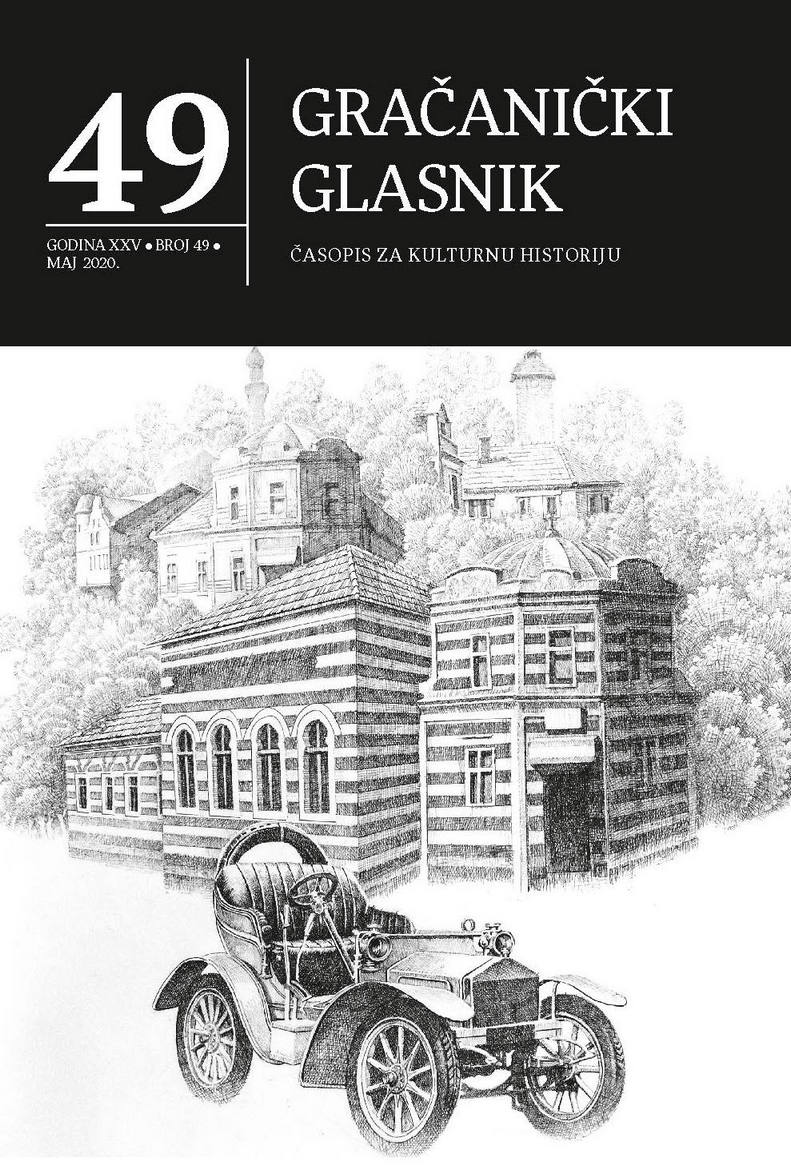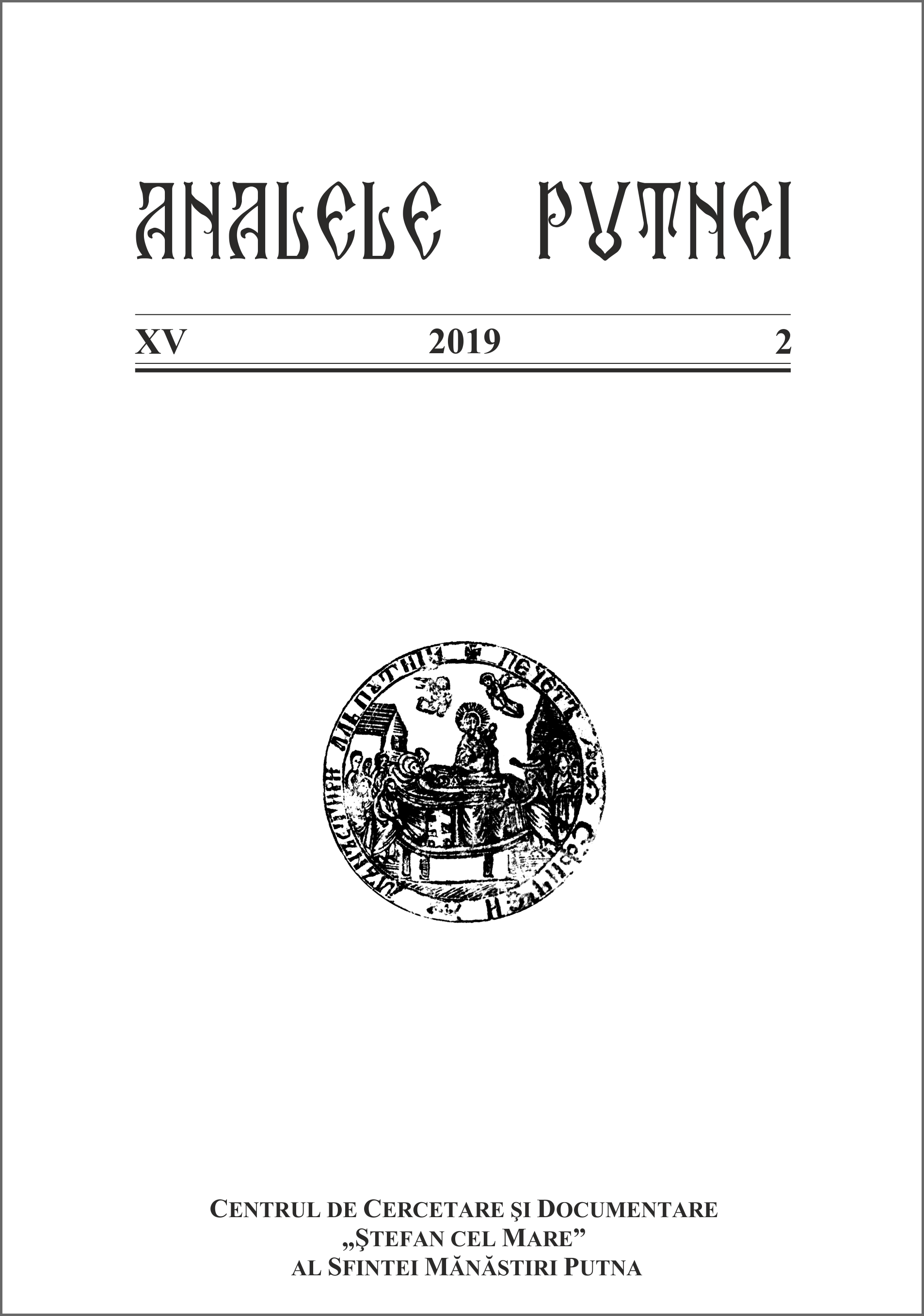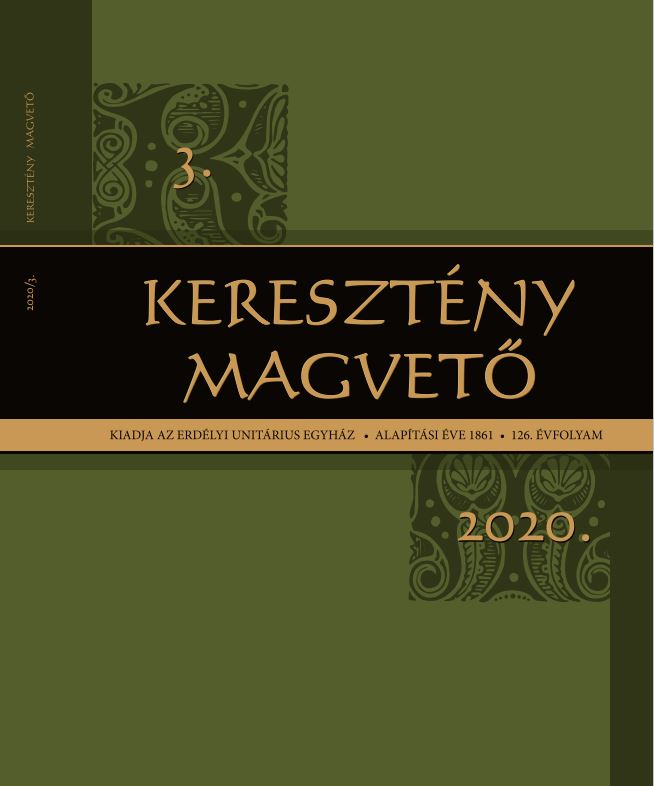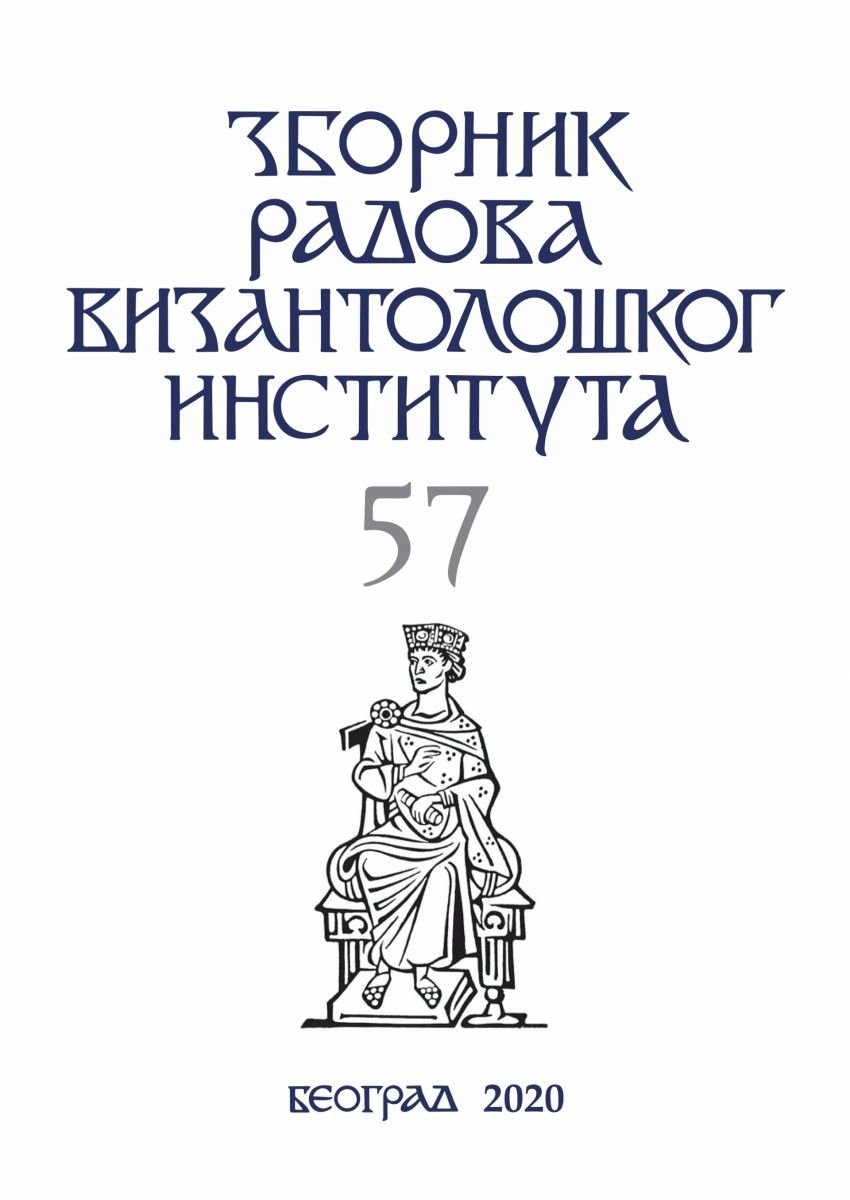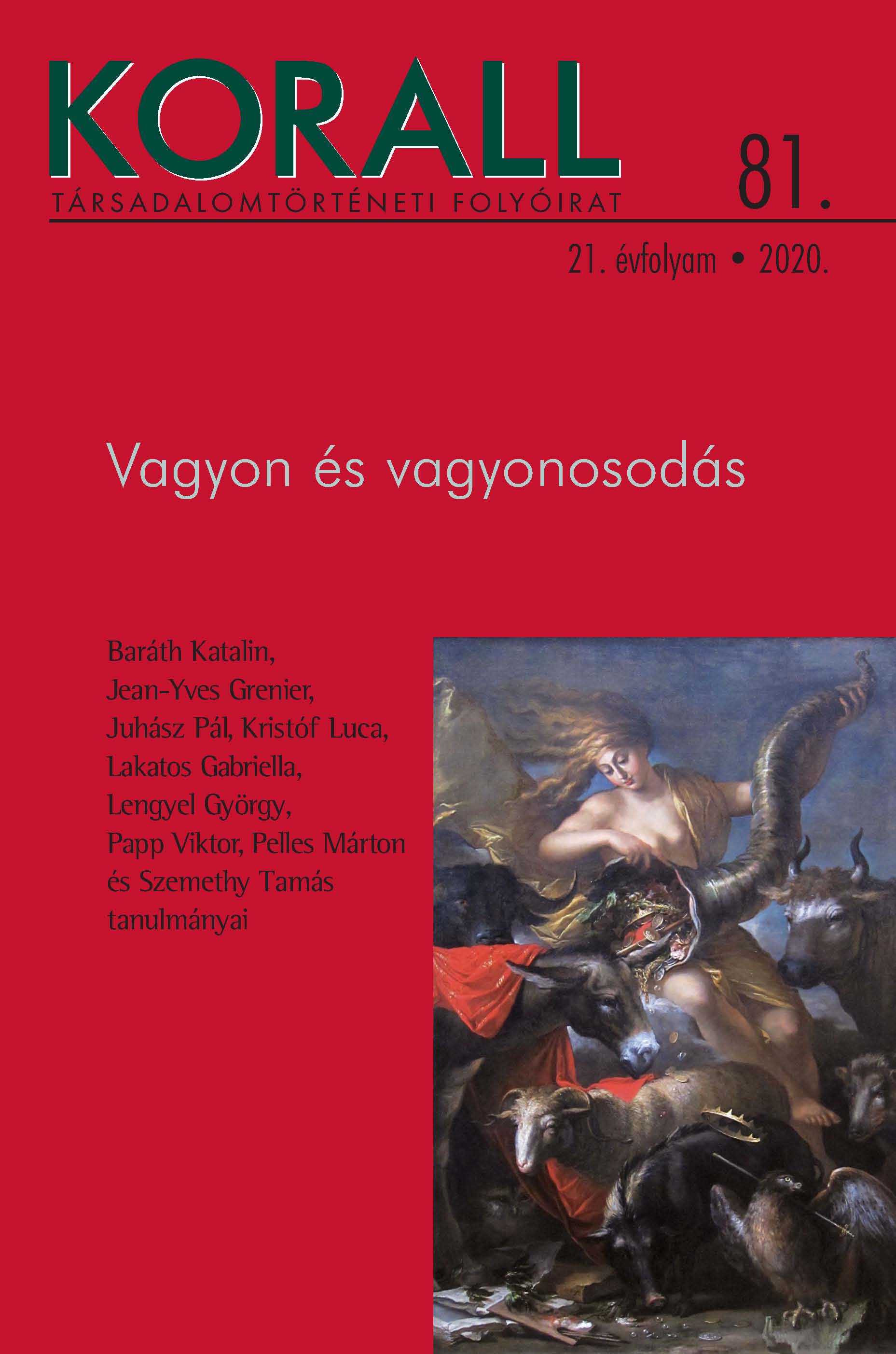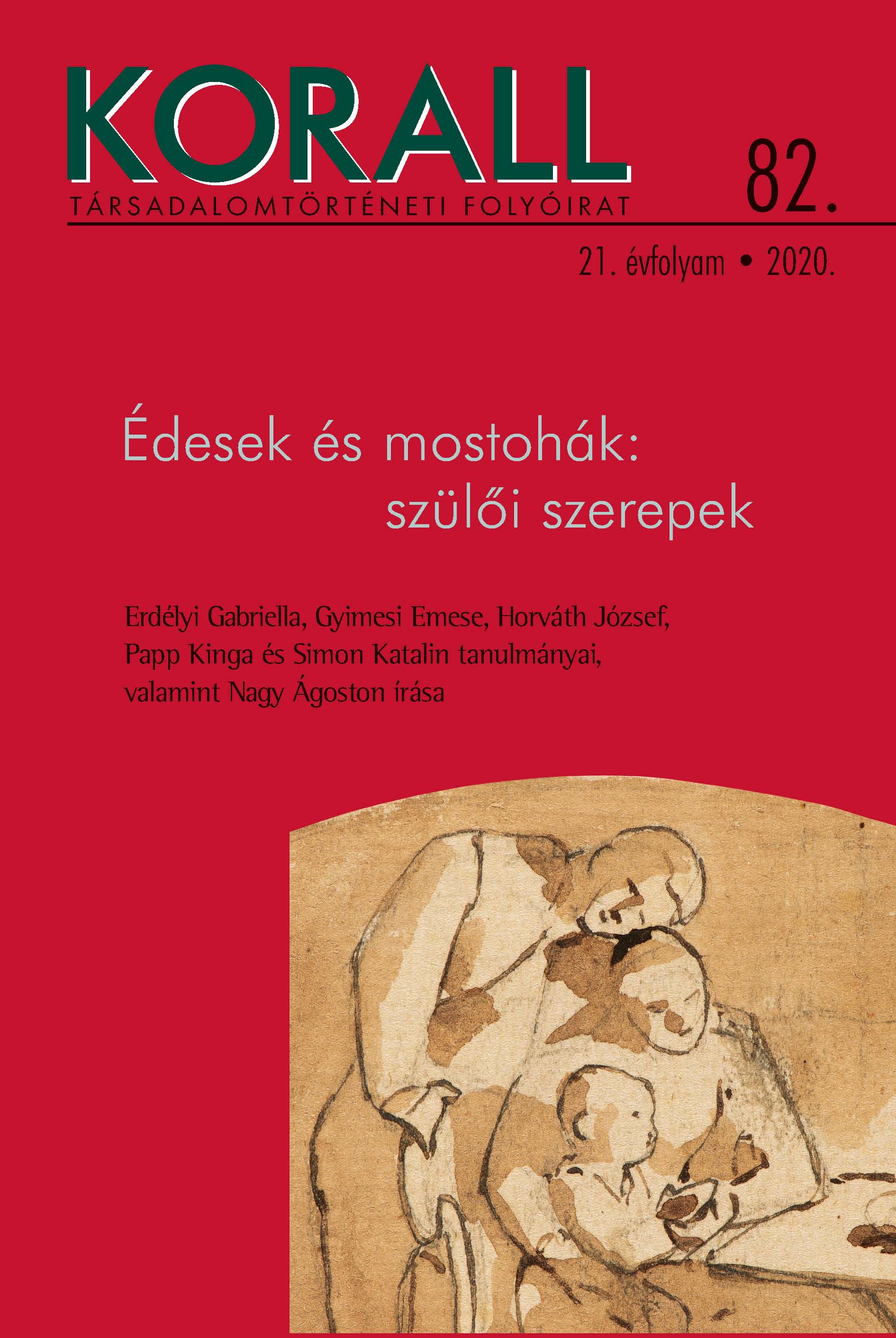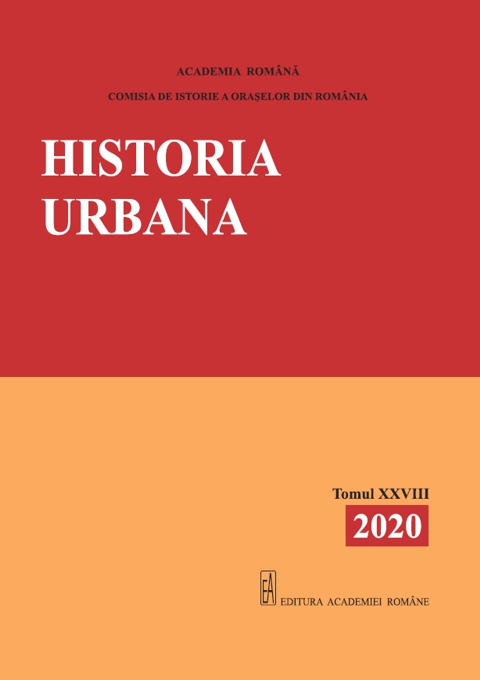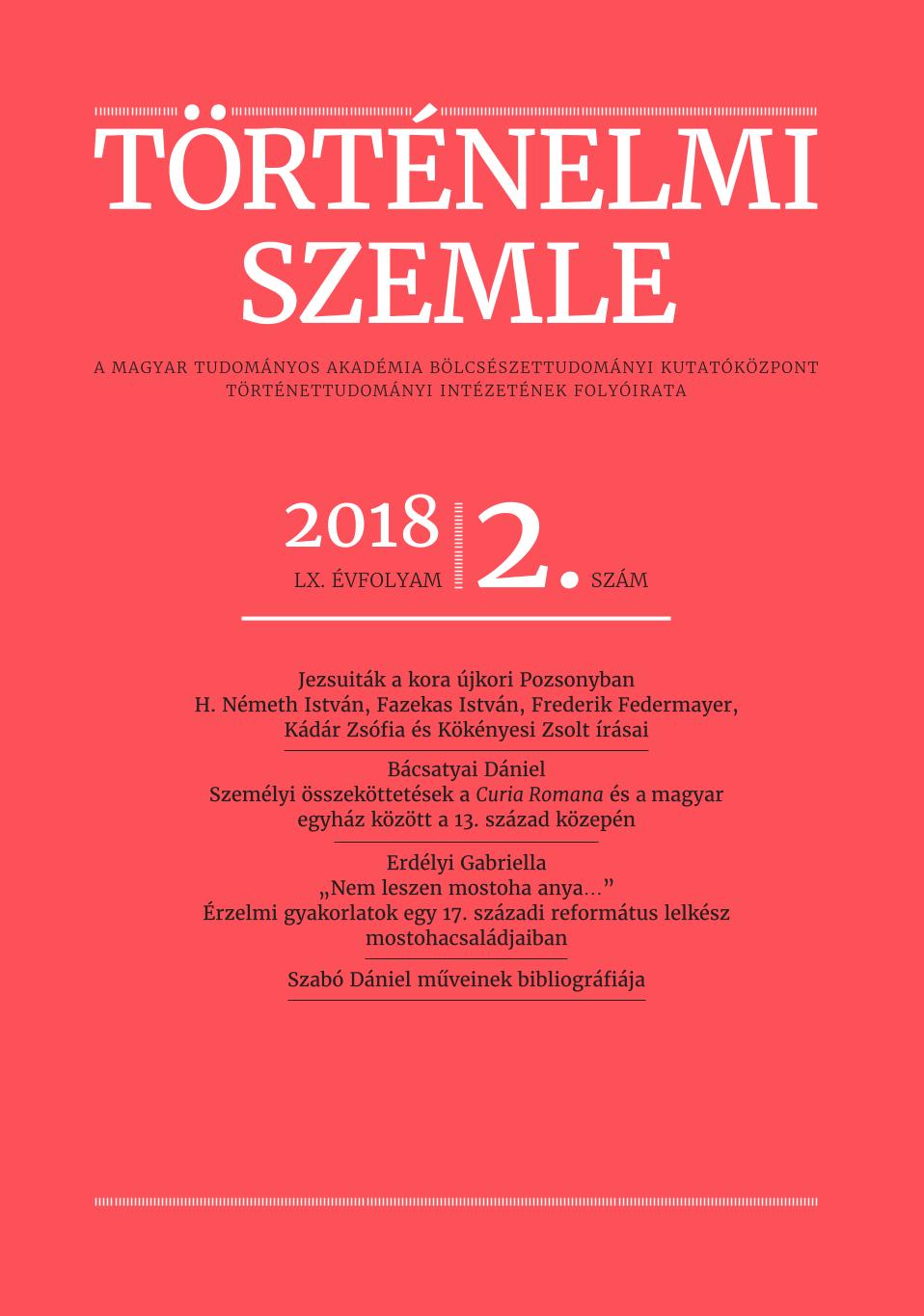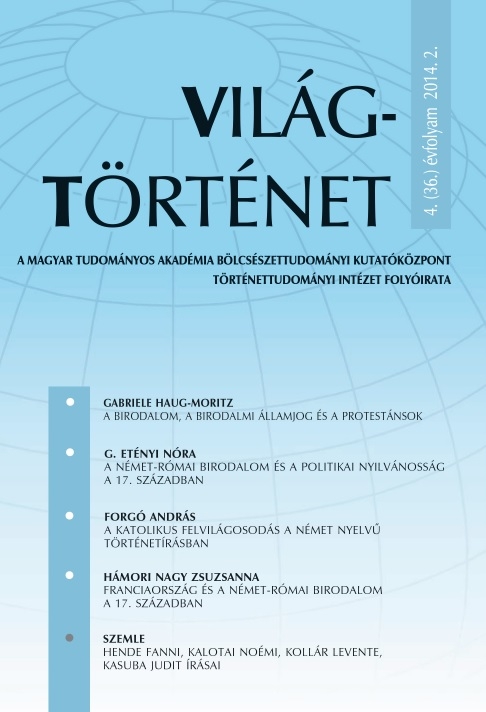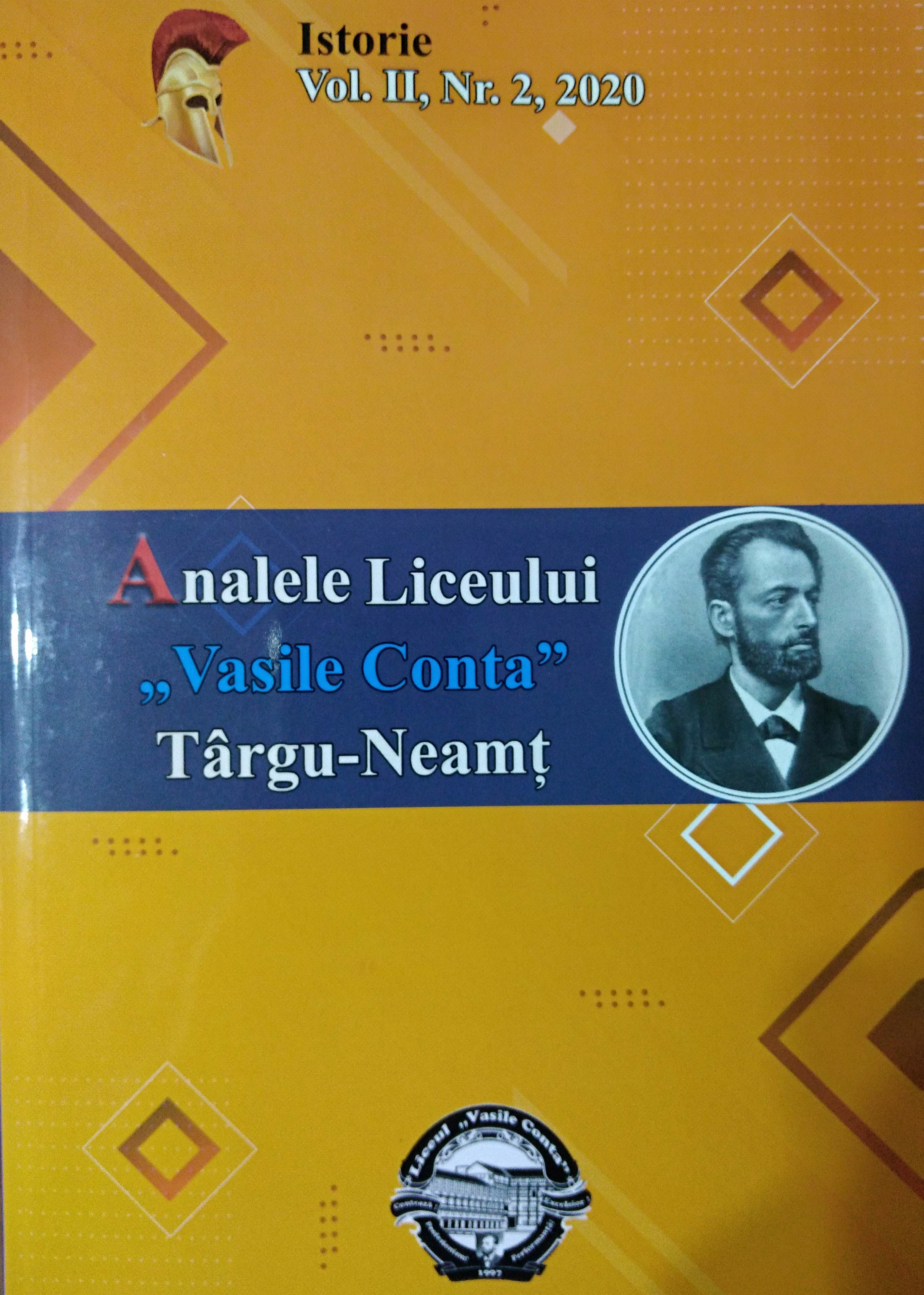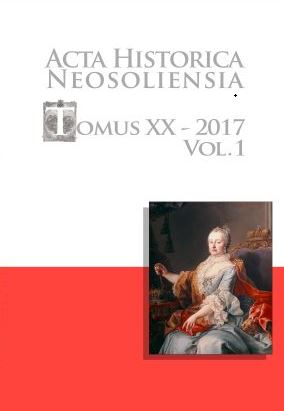
Cestopisné záznamy belgického jezuitu F.-X. de Fellera o stredoslovenskej banskej oblasti
The aim of this study is to present to the readers selected passages from the travelogue of the Jesuit of Belgian origin François-Xavier de Feller (1735 – 1802), who spent nearly five years in the Hungarian Kingdom (1765 – 1769) as a teacher at the Jesuit college in Trnava. At this time, Feller traveled through the various regions of kingdom and made detailed records (probably in the form of a diary), which at the end of his life he transferred to the form of a compact travelogue, published posthumously (in 1820) in two volumes. In the introductory part of the study we present his brief biography and also the characteristics of his records which focus on localities that lie in today's Slovak territory. This introduction part is followed by the translation of selected passages from the 1st volume of his travelogue, to which we have added some explanatory comments. On the one hand these notes should bring the reader closer to the less clear facts, but at the same time they also should somehow evaluate the information value of his records. Based on the content analysis we can assume that Feller was a curious and sensible traveler, he was very interested in natural sciences, especially in botany and mineralogy, but also in mining, metallurgy, and the latest technological processes applied in mining and metallurgy. In some of the translated passages, however, the limits of his thinking penetrate on the surface, which was influenced not only by the level of knowledge in his times but also by his rigid Catholic worldview (the negative characteristics of the Protestant churches and their teachings are frequent in his work). The passages of Feller's travelogue dealing with Slovakia have not yet been described in more detail in the Slovak historiography, although they contain interesting references about the Central Slovak region and the mining activities carried out here.
More...
